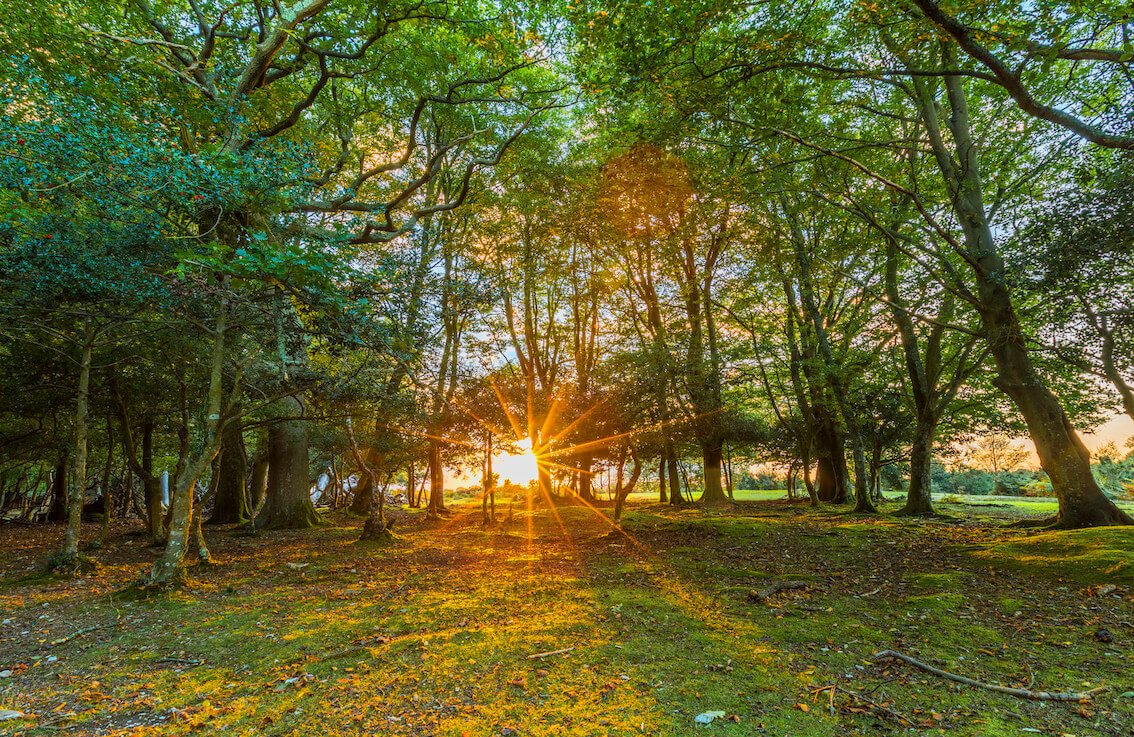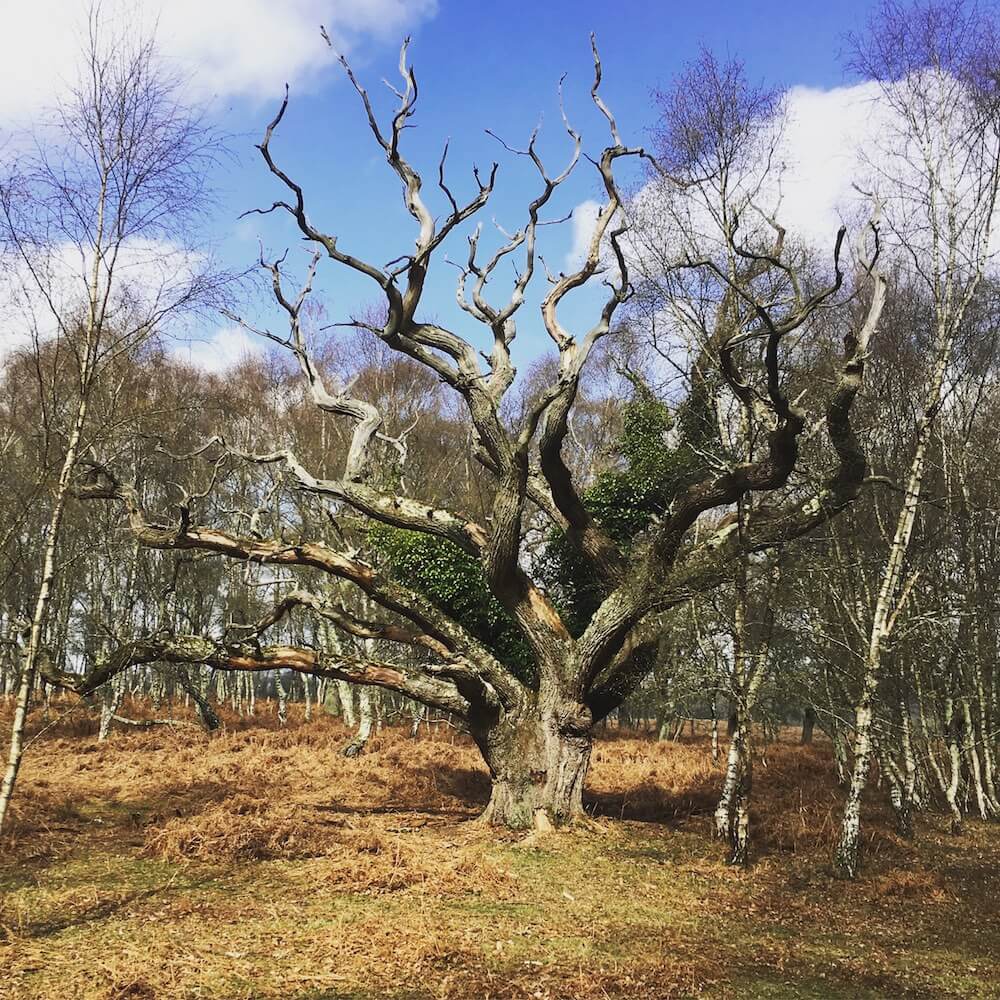Forest Bathing isn’t some kind of expensive spa treatment or washing ritual, we’re talking about a tech-free, time-out, stillness and quiet enjoyment of a beautiful wild place.
And best of all, it’s free. Ancient forests, particularly cedar trees give the biggest hit.
According to the Japanse, forest bathing is the next best antidote to our busy, stressy, wired and screened-up lives. Research shows that many of us spend 5-7 hours a day on screens, certainly that checking smartphones several times an hour is very normal.
It’s not rocket science to work out that an ‘always on’ mentality isn’t good for us. And that yoga once or twice a week just doesn’t really cut it as a balance to always ‘being switched on’.

So, if you want to take a tech-free holiday, go the next step and go to unplug and recharge in nature. Proven benefits of forest bathing include a drop in blood pressure, lower stress levels, better mood and self-esteem, better memory, and even creativity.
In Japan it’s called ‘Shinrin Yoku’, and it has become a cornerstone of preventive health care and healing in mainstream medicine, with it regularly being prescribed as a solution by healthcare professionals.

First scientifically recognised in the 1980’s, it’s seen as a solution to ‘nature deficit disorder’, a term coined by Richard Louv, author of the 2008 bestseller Last Child in the Woods.
Interestingly, whilst theoretically it’s any forest that will help you relax, it’s ancient forest that will give you the biggest boost. So try to head for areas of old growth forest. Cedar trees are the best – and there is some compelling science to back that up*.
Thankfully tho’ help is at hand. England has plenty of lovely trees, amazing forests, great parks, and with organisations like The National Trust, Campaign to Protect Rural England and English Nature, not to mention the National Parks, we don’t have many excuses to argue that nature isn’t accessible for us Brits.
Thankfully the New Forest, isn’t new. Most of the trees are hundreds of years old. Over 1000 are over 400 years old. The mapping is still incomplete. The New Forest is believed to have the highest concentration of ancient trees in Western Europe. Immensely old, and full of character and charisma, ancient trees are rare. They have been sculpted by time and revered by generations of local people.
They are great survivors, and have lived through remarkable changes in the world around them. Many were fully grown trees when the Roundheads and Cavaliers were fighting the English Civil War or even when Elizabeth I defeated the Spanish Armada.

A couple of our favourite areas are:
- Rhinefield Ornamental Drive – The tiny lane is bordered in parts by huge cedars and there are good car parks along the way with clearly marked trails to get off into the woods. Get off those trails, even by just a 30 second meander and you’ll find yourself all alone, under whopper trees, with no one, bar the odd deer or owl, to bother you. Here’s a route we love.
- Ranswood, near Beaulieu – Head north, north east and north west for 1/2 a mile and you’ll be in the big trees, enjoying dappling sunlight, bird calls and mossy tree trunks. Get your fix and head back to Beaulieu for a good local lunch at Steph’s Kitchen and top up on great local ingredients from John the Butcher at Beaulieu Organic Farm Shop.
- Walk from the Walter Tyrell pub near Lyndhurst in almost any direction and you’ll find giant trees surround you. The oaks have a dense canopy and there are few tracks – you can wander anywhere. You might bump into the Rufus Stone. (A famous rock so named after King William II, whose nickname was Rufus (ancient term for redhead) who was shot here, accidentally (and possibly on purpose) by the his very own and best archer, a Frenchman called Walter Tyrell. Mnsr WT bolted back to France after the gaff, but no one was sorry for the king who was generally disliked. I digress….the trees there are very lovely….
- Royden Woods near the tiny village of Pilley (home of the Filly Inn, the oldest Inn in the forest) is according to The Telegraph in 2015, one of the best bluebell woods in Britain. Out of bluebell season you’ll find Scandinavian style silver birch forests, massive oaks in grassy clearings, and, if you can get up at sparrows fart, a dawn chorus to blow your mind.




